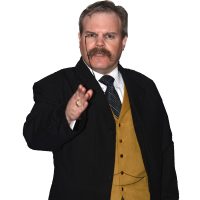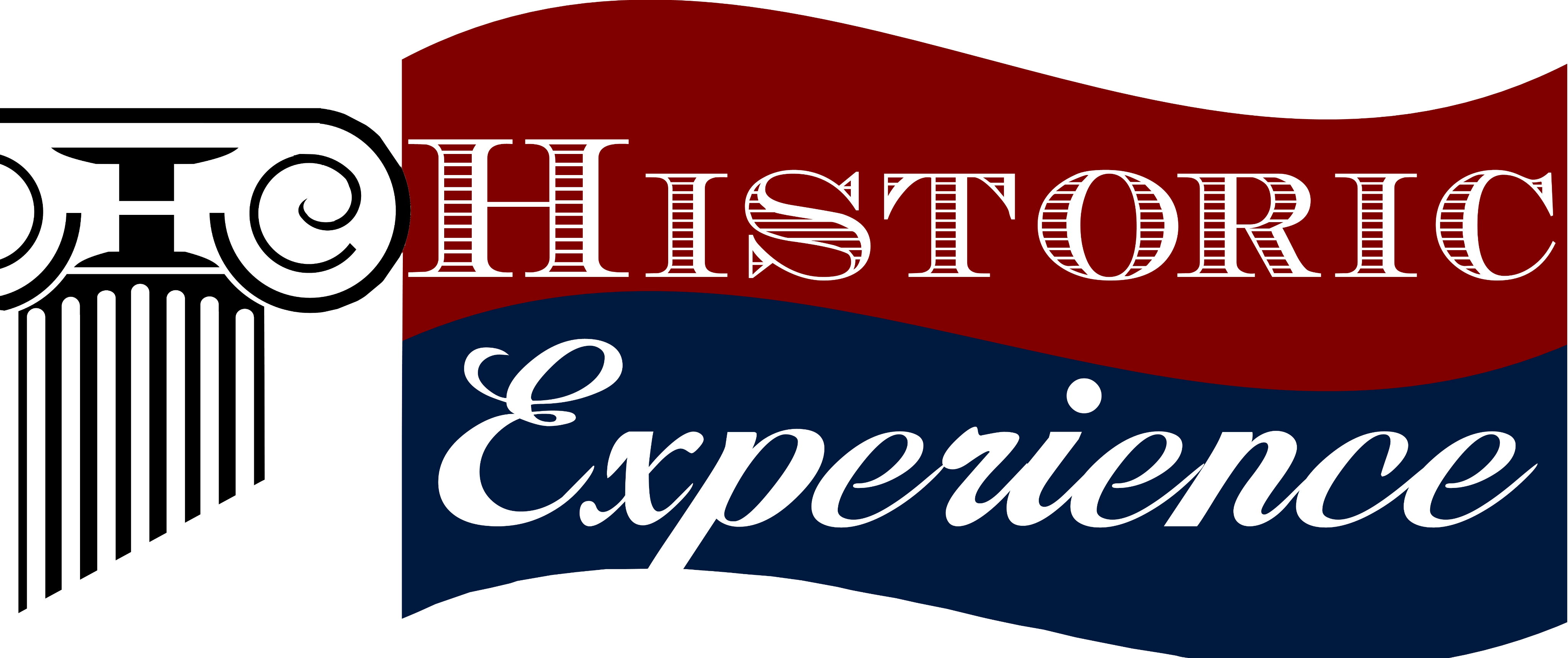February
26, 1919
TR's Grand
Canyon Realized
February
26, 1919:
TR's Grand Canyon Realized
The Grand Canyon: it’s more than a picture worth a thousand words; it is more than a thousand thousand words can accurately describe. And yet it was questionable whether or not it would be protected.
Enter Theodore Roosevelt.
"so that your children's children
will get the benefit of it"
In 1903, between inspection tours of existing national parks Yellowstone and Yosemite, Roosevelt and his train made a stop along the southern rim of the Grand Canyon. The President was blown away – by the beauty and majesty, yes, but also by the fact that mining and logging industries, as well as touristy trappings, were encroaching closer and closer to this amazing chasm.
Roosevelt addressed the crowd around him, with a simple plea:
" In the Grand Canyon, Arizona has a natural wonder which, so far as I know, is in kind absolutely unparalleled throughout the rest of the world. I want to ask you to do one thing in connection with it in your own interest and in the interest of the country— to keep this great wonder of nature as it now is… Leave it as it is.
(At Grand Canyon, Arizona, May 6, 1903.)
President Benjamin Harrison set aside a Grand Canyon Forest Reserve in 1893, after a few failed attempts to create a Park during his time as an Indiana senator. Theodore Roosevelt declared part of the land as a federal game preserve on November 28, 1906, but livestock grazing, mining, and lumbering were still permissible in the majority of the Canyon range, and the Congress had not taken any steps toward a Grand Canyon National Park. National parks were the Congress’ department.
But in 1906, Senator John Lacey of Iowa sponsored a different approach to protecting expanses of land: An Act for the preservation of American Antiquities.
Sec. 2. That the President of the United States is hereby authorized, in his discretion, to declare by public proclamation historic landmarks, historic and prehistoric structures, and other objects of historic or scientific interest that are situated upon the lands owned or controlled by the Government of the United States to be national monuments,
Roosevelt saw the potential of this act, and utilized it to the hilt – ultimately declaring nineteen national monuments. On January 11, 1908, Roosevelt proclaimed the Grand Canyon National Monument - 1,279 square miles of it. It prohibited further claims on the land. But then there was the task of caretaking this vast expanse.
As I mentioned in the video, protecting the land itself was of high importance; preparing it for tourists was not. And in addition to tourists thinking they could just take any rock or artifact home as a souvenir. Plus, in the words of TR, “we are, as a whole, still in that low state of civilization where we do not understand that it is also vandalism wantonly to destroy or to permit the destruction of what is beautiful in nature – whether it be a cliff, a forest, or a species of mammal or bird.”
Fortunately, the growing swell of support for conservation and national parks led to the establishment of the National Park Service in 1916 – and the declaration of the Grand Canyon as a national park in 1919 led to a gradual increase in protection and care. Nature would be allowed to thrive, with more of man’s enjoyment, and less of his interference.
There is much that cannot be covered on the Canyon in this post, including the challenges faced by native tribes to preserve their heritage found within the Canyon itself. But progress is being made, however slowly, to keep this, and many other national, natural treasures preserved for generations to come. Thankfully Roosevelt saw the need to protect these treasures before they were only a memory.

